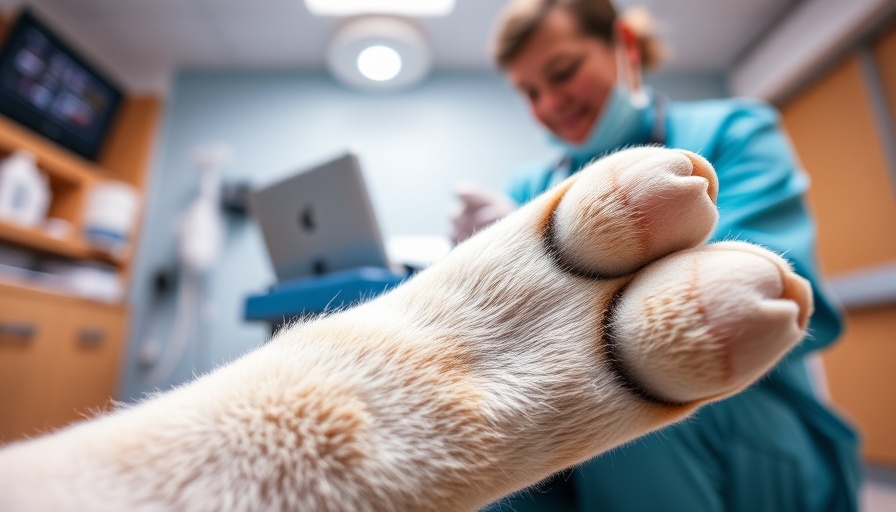
A New Approach to Neurologic Emergencies
In today's fast-paced veterinary world, triaging patients suffering from neurological emergencies effectively can make all the difference. At the recent Fetch dvm360 Conference, Melissa Evans, LVT, VTS(ECC), emphasized the importance of rapid stabilization and directed hands-on care to mitigate secondary brain injury. Evans explained that this secondary injury, which arises from downstream physiological events like hypoxia, ischemia, and increased intracranial pressure, can compound initial neurological damage. "Acting fast often means the difference between recovery and long-term impairment,” she stated.
Why Timing is Everything
Veterinary technicians play a crucial role in the management of neurologic disease, as they are often the first responders who administer urgent care. Evans provided practical insights for the triage process: securing the airway, supporting respiration and circulation, followed by conducting a focused neurologic examination once stabilization is achieved. A strong emphasis was placed on tracking mentation as a quick, important indicator of the animal's condition.
Addressing Seizures: A Call to Action
Seizures represent one of the most challenging aspects of neurological emergencies, as prolonged episodes can trigger rapid, irreversible brain damage. Evans highlighted the need for immediate anticonvulsant therapy paired with vigilant monitoring: “Think of it as a fire in the brain that needs to be extinguished immediately before it causes further damage.” She recommended practical interventions such as audible seizure alerts and continuous patient observation, alongside passive motion therapy for animals that are recumbent.
Modified Glasgow Coma Scale: An Essential Tool
In cases of traumatic brain injury, the Modified Glasgow Coma Scale (MGCS) offers a structured way to assess patient progress over time. “Repeated assessment is key,” said Evans, emphasizing that tracking trends provides critical insights which inform care adjustments. Documenting subtle changes in posture and gait can also aid in pinpointing underlying lesions, ultimately guiding imaging choices.
Veterinary Technicians as Patient Advocates
The role of veterinary technicians in advocating for their patients through proper positioning, elimination care, and pain reassessment cannot be overstated. They not only determine patient comfort but also influence recovery outcomes through diligent documentation and timely interventions. By becoming staunch advocates for their patients’ needs, technicians can optimize the care process, ensuring patients receive the attention and support they require.
In conclusion, understanding the nuances of triaging neurological emergencies is vital for veterinary practices striving to enhance care. By prioritizing early intervention strategies and implementing thorough monitoring protocols, clinics can not only improve patient outcomes but also uplift service quality, fostering trust and loyalty among clients. It's not just about saving a life; it's about instilling confidence in the journey to recovery.
 Add Row
Add Row  Add
Add 




Write A Comment